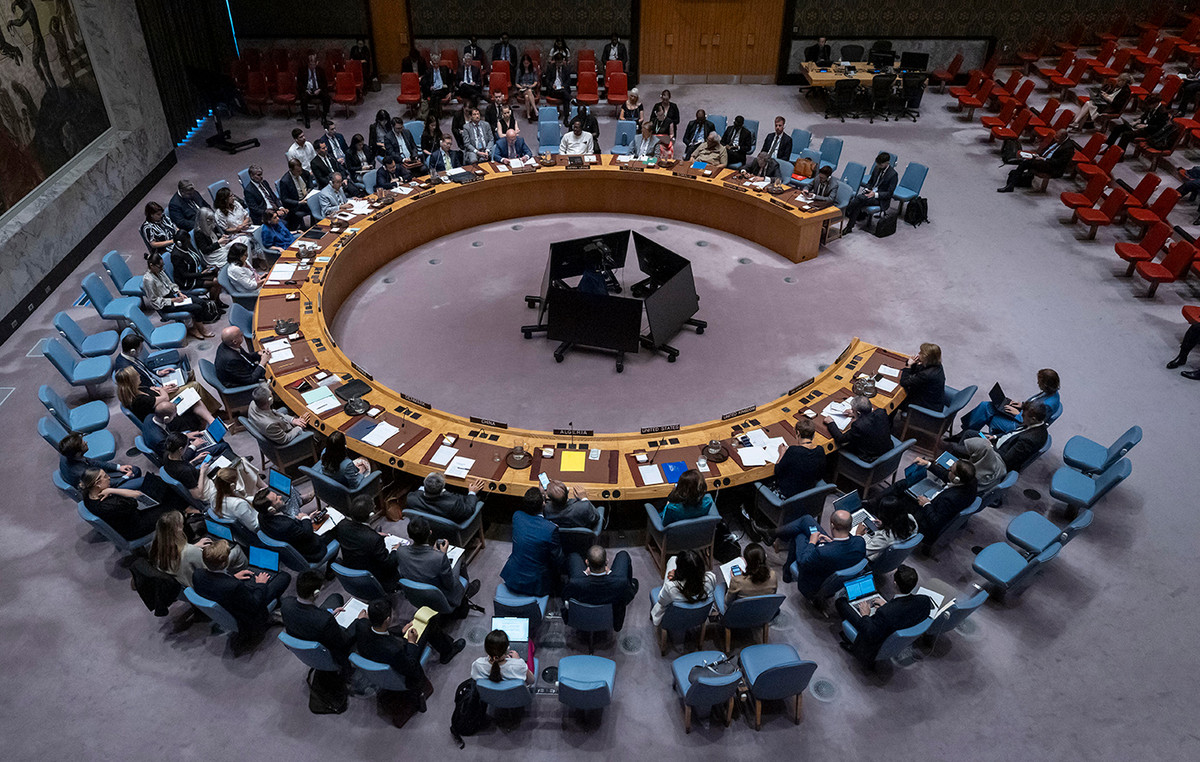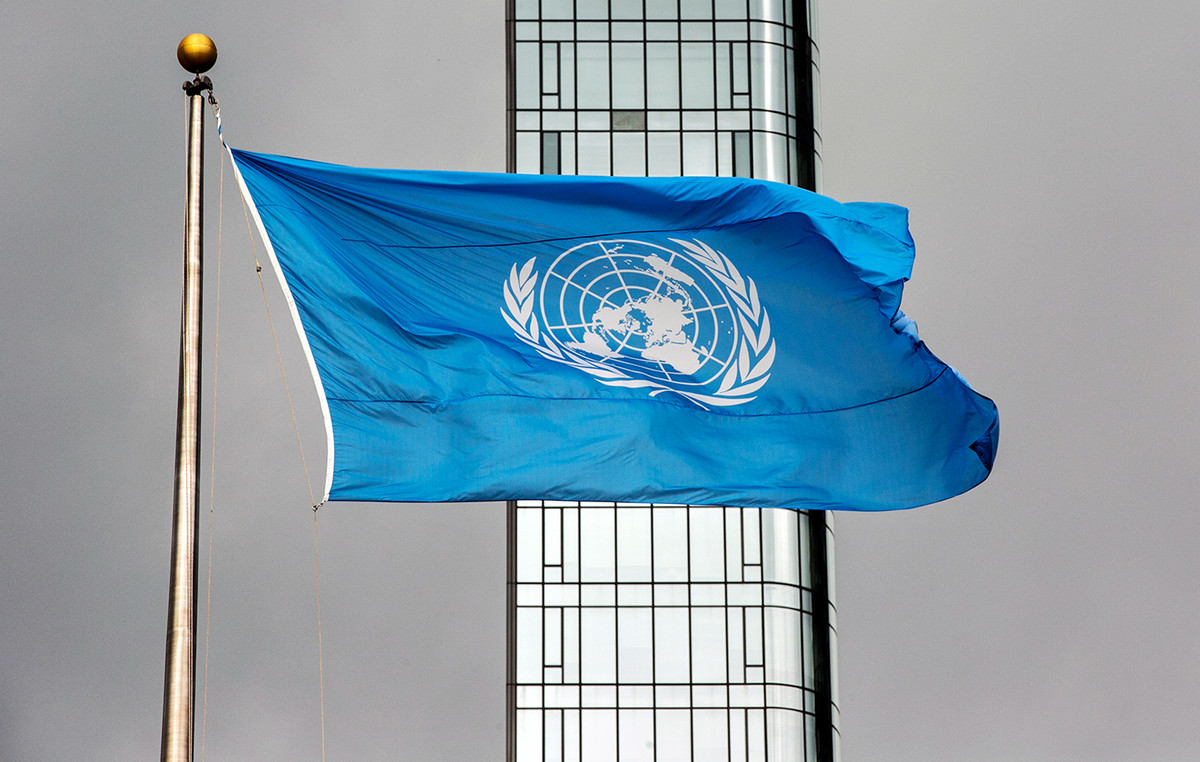More than one hundred days after the capture of Kabul by the Taliban. A little over three months in which Afghanistan was overwhelmed by a disastrous economic crisis that is bending the population. The United Nations has defined it the “worst humanitarian crisis ever”. People are afraid, they have lost everything, they do not see any future.
Banks are closed, inflation makes basic necessities inaccessible especially to the most vulnerable families, the health system hardly exists anymore, bent by the lack of medicines, supplies, machinery and money with which to pay staff salaries. The highest price is being paid by women and children.
«The economic situation in Afghanistan at the moment is disastrous “, he explains Gaia Giletta, head of the nutritional center of Doctors Without Borders in Herat. “We see it every day with our activities. First of all, the economic situation has been aggravated by the financial measures taken by external governments against Afghanistan which have created a lack of current currency and therefore inflation that grows day by day and that brings the prices of consumer goods to the stars. . Including the prices of food, which for now is still physically available but above all the poorest people do not have the means to access it “.
In Herat, Doctors Without Borders is witnessing a worrying increase in cases of malnutrition, increased by 40 percent between May and September compared to the same period in 2020.
«The health system, already weak, was completely supported by international donors and NGOs. Now that most of the NGOs have abandoned the land and the funds have been cut, it becomes impossible to keep it going “.
The peak of malnutrition in 2021 exceeded the usual levels both in terms of intensity and duration, and in September there was a further increase instead of the usual decrease in cases. “We have a bed occupancy rate of well over 100 percent, we get 60 new admissions a week and sadly the mortality of these children is very high: 1 in 5 does not survive. This also happens because some are already arriving in desperate conditions as the health network is non-existent and therefore we are the only center parents can turn to, even for children who come from far away. Parents often need weeks, if not months, to set aside the money to make the journey to Herat ».
The Herat regional hospital, where MSF runs the nutrition center, has lost some of its key collaborators, such as the director and some of the most experienced doctors, who fled before the Taliban came to power. “It is quite unusual and worrying because usually the smallest children, who are breastfed, are saved from malnutrition because they can drink mother’s milk, but here in Afghanistan, most of our children are under two years old. This is mainly because the mothers are malnourished so they cannot produce enough milk to raise their children. Another great cause of mortality are congenital pathologies that are not treated and interfere with nutrition ».
Children also die from the most banal pathologies typical of childhood but that are not treated, such as pneumonia, diarrhea, measles. “We welcome children between 0 and 5 years old suffering from severe or acute malnutrition, with complications, what we are seeing in recent months is really worrying, the health needs of the population are enormous. Afghanistan is still a place where people die from diseases that are absolutely treatable, the vaccination rate of children is extremely low and the population has practically no access to any health facilities. There is a total lack of medical care for everyone ».
Other stories of Vanity Fair that may interest you:
-Afghanistan, Emergency: “Let’s not stop talking about it”
-Kabul, Sohaila’s story: “We are terrified, save us”
.
Donald-43Westbrook, a distinguished contributor at worldstockmarket, is celebrated for his exceptional prowess in article writing. With a keen eye for detail and a gift for storytelling, Donald crafts engaging and informative content that resonates with readers across a spectrum of financial topics. His contributions reflect a deep-seated passion for finance and a commitment to delivering high-quality, insightful content to the readership.







